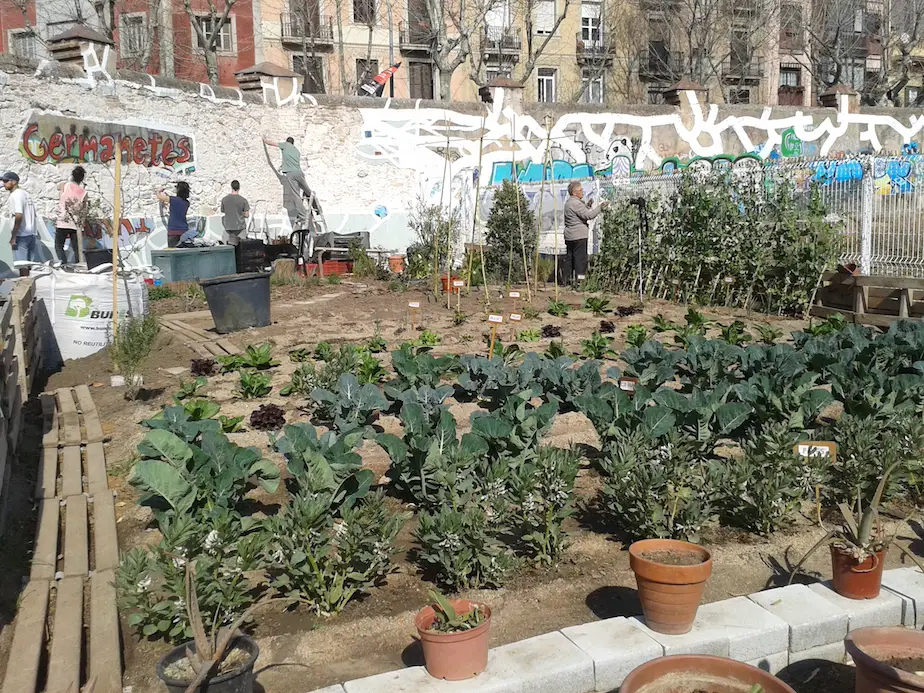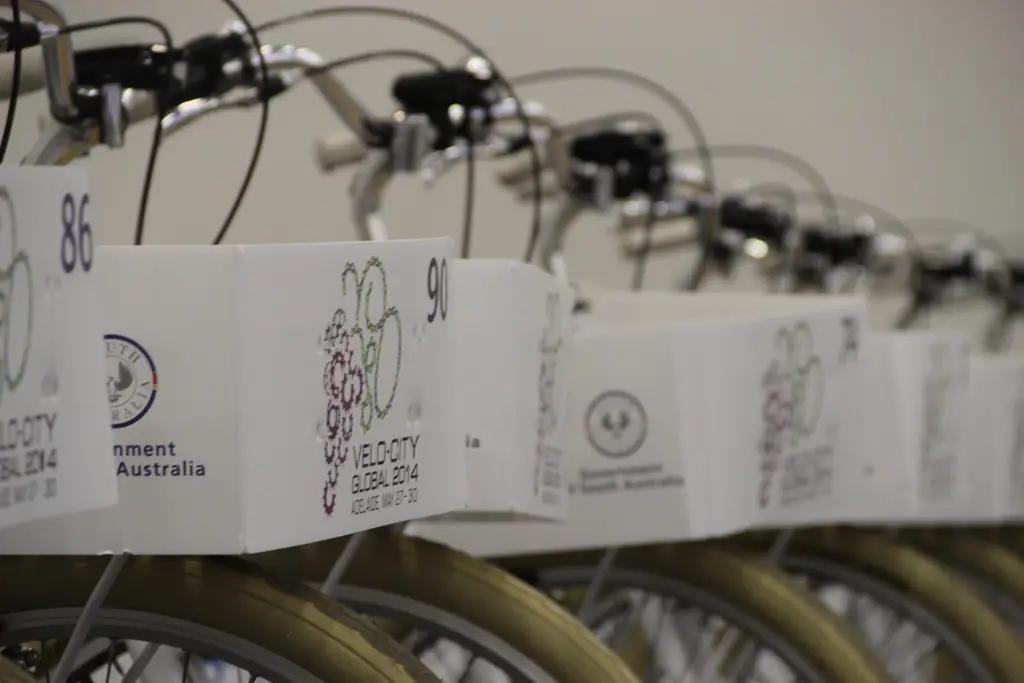Last month, a violent shooting took place in Isla Vista, California, near the campus of UC Santa Barbara. Normally, I wouldn’t comment on this issue here, as it is not directly related in any way to sustainable city planning. But as a former UCSB student and Isla Vista resident, the issue has affected me deeply. To me, the town is special, not just because I lived there but because its bike culture had a major influence in steering me toward the path of sustainable transportation. I wouldn’t be doing what I am today if I hadn’t lived there.
My editor cautioned me not to be insensitive while writing this article, and though I had initially planned to write it a bit sooner, I felt that waiting a couple of weeks after the tragic shooting occurred to publish it would help to make it as respectful as possible. I don’t want to comment too extensively on the shooting itself; I’ve already made some of my thoughts known elsewhere, and if you need to know the details there are plenty of other places to look. But with the city in the global spotlight, and the tone understandably set by this tragedy, my hope is that people might also remember Isla Vista for its innovative use of bike infrastructure and programs to build a culture of sustainable transportation.
The history of bicycling in Isla Vista and UCSB goes back to when the university first moved to its current site in 1954. Biking was always an attractive option for students, and in the 1970s the campus responded by building a network of dedicated, class I bike lanes, which was later expanded. In Isla Vista, there are no dedicated bike lanes, but traffic calming features such as barriers that only bikes can cross helps to prioritize cycling. Today, UCSB and Isla Vista boast over 10,000 bike parking spots and numerous biking facilities, organized by the university-sanctioned biking association as well as private groups.
During my time at UCSB, from 2004 to 2008, I was impressed with how planners had taken bike infrastructure seriously. During my first year, I could get from my dorm a mile off campus to class without ever having to wait at a stop light, thanks to grade separated bike underpasses. It’s also the only place where I’ve ever been stuck in a traffic jam made up entirely of bicycles.
The most remarkable part of this success in bike friendliness is the place it has happened: Southern California, a region known for unsustainable, car-centric planning policy. I grew up in Southern California, closer to Los Angeles, and to me this car-centrism was always a shameful part of our otherwise generally positive regional identity. If Isla Vista could turn the tables on car-oriented planning and make biking a real part of the transportation equation, couldn’t it happen elsewhere in the area?
Admittedly, the UCSB/Isla Vista situation is unique, both in terms of its land use which favors biking (the university), and the close proximity of densely populated Isla Vista, which is set apart from the rest of Santa Barbara. Nevertheless, this shows that with the right planning, strategic location around dense areas, and user assistance programs, real progress for bicycling can be made, even in the most car-oriented cities. After I left Isla Vista, my hometown of Long Beach made a major push for bike friendliness, showing that biking isn’t just for crazy college students, it’s a serious form of transportation with many advantages over the car. Someday, bike-oriented transportation policies may even reach the entire region.
So, dear reader, as you stop to consider the broader implications of the Isla Vista tragedy, by all means go ahead and consider the issues that voices in the mainstream media have pointed out, such as sexism and gun control. But, tempting as it may be, don’t think of Isla Vista just as the scene of a gristly crime and a potential breeding ground for violence. Think of it also as a symbol of hope for the future, that a car-addicted region might one day make real steps toward a sustainable future.


